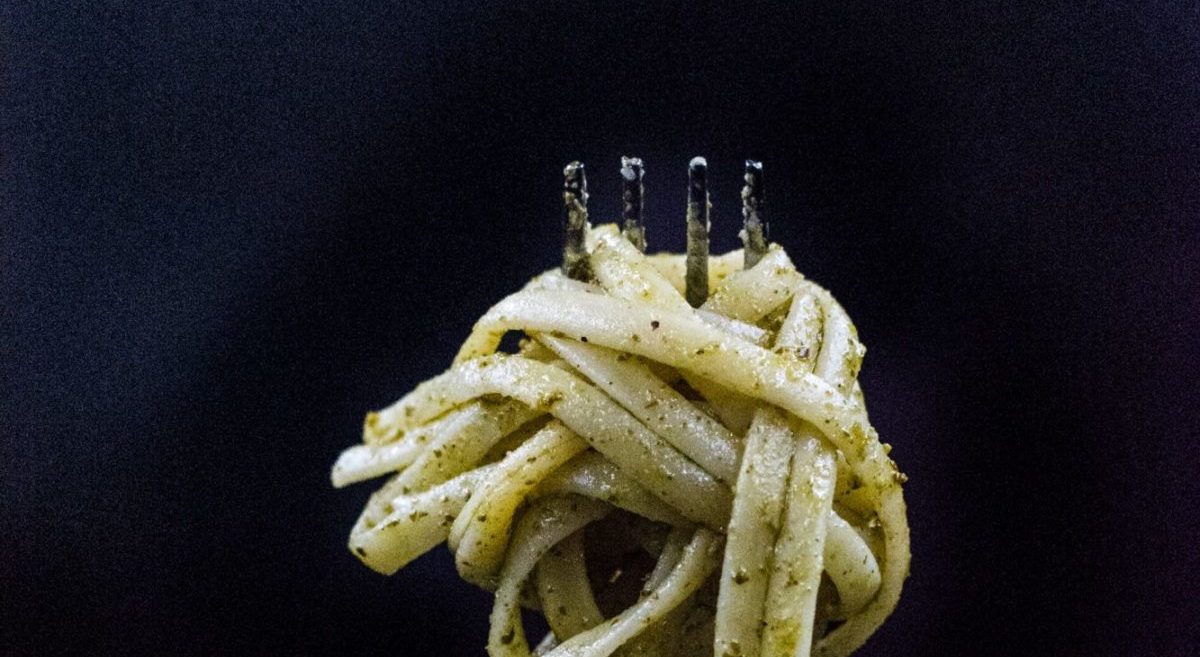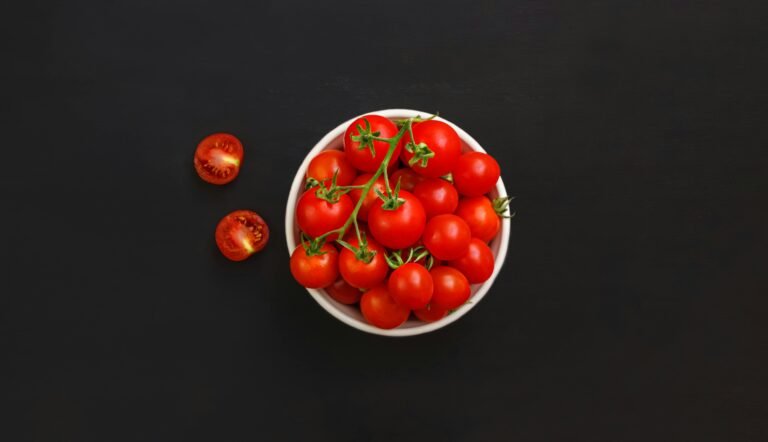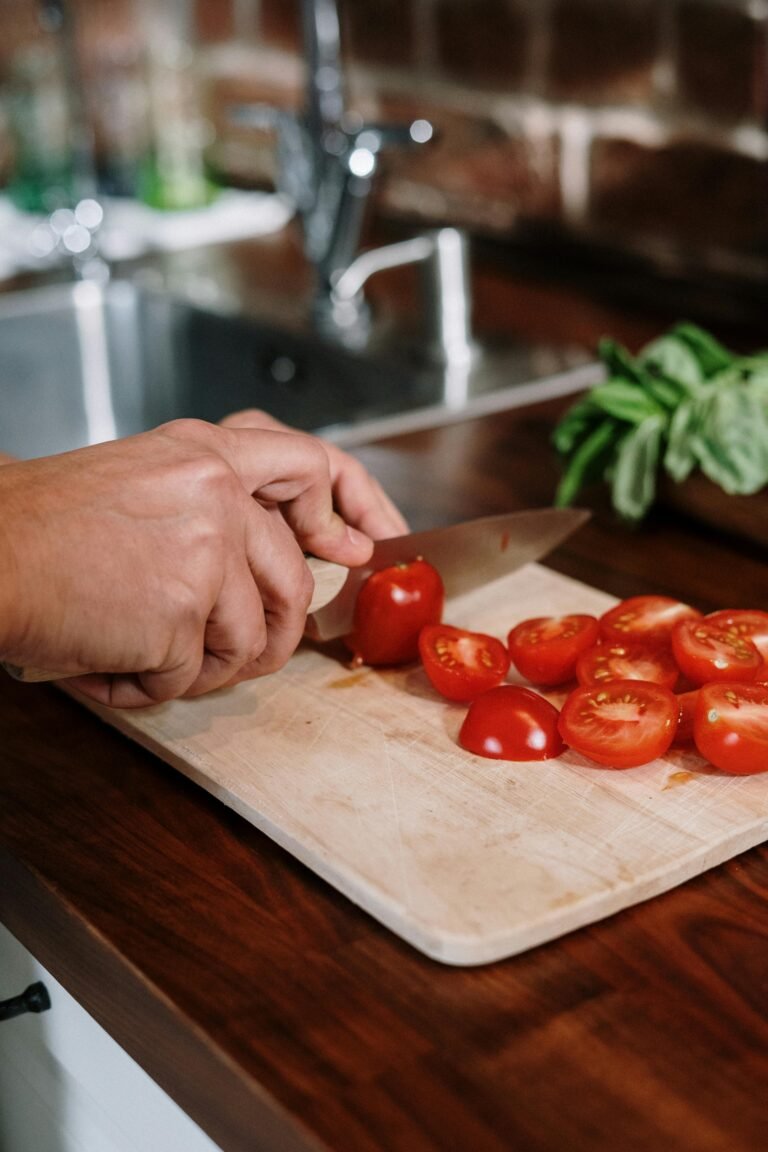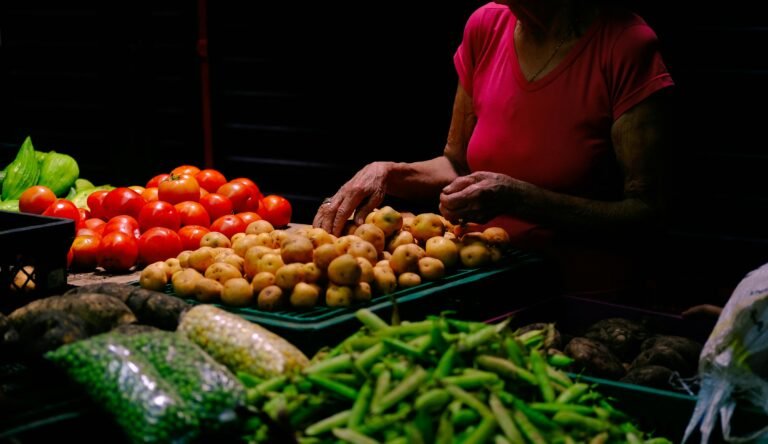How to make a diet paste with a makeup
Making a dietary pasta, but also a dietary rice, is very simple and allows us to make it even more digestible, healthier, and with a lower glycemic load. There is no need to eat wholemeal pasta if we don’t love it, for fear of the glycemic index of the pasta. First of all, to understand the impact of pasta and rice on blood sugar, it is always necessary to look at the quantity, and also at the rest of the meal.
This allows us to understand the overall glycemic load, thus avoiding the worry of having to exclude foods for fear of their glycemic index.
Secondly, pasta does not have a high glycemic index. Durum wheat semolina has a glycemic index of 60 (therefore high): considering that “white” durum wheat pasta is durum wheat semolina and water, the glycemic index of pasta is 55-50 (medium).
Then, there are the formats. Pastina has a higher glycemic index (55); long pasta, like spaghetti, if cooked al dente has a glycemic index of 45. Wholemeal pasta has a glycemic index of 50-45.
As you can see, the difference is zero or minimal!
But there is a trick to obtaining a dietetic pasta without necessarily having to eat it too al dente or having to pay attention to the shapes.
This trick makes the pasta suitable for diabetics, suitable for those with intestinal malabsorption problems, for those with an unbalanced bacterial flora, with a tendency to have fermentation problems.
HOW TO MAKE A DIET PASTA: THE MAKEUP

- Cook the pasta al dente, reducing cooking times by 3 minutes.
- Drain it and season it with a level teaspoon of oil or butter.
-
After that we can.
- freeze it in single portions, especially if we have little time to cook;
- put it in the fridge, covered, in the coldest area.
We can also season it completely and then freeze it in containers that will go into the oven.
Once we need it, it will simply be defrosted and reheated or if we have kept it in the fridge, reheat it in the pan.
What happened to our pasta?
There has been a transformation at the starch level. The starch has retrograded, partly forming a type of resistant starch called RS retrograde or RS3 and behaves like a fiber.
It resists the attack of digestive enzymes and also has fewer calories.
It has a low glycemic index, so the total glycemic index of pasta drops.
But it also has other properties.
It improves intestinal regularity, reduces intestinal fermentation, is more digestible and has a prebiotic function. That is, it feeds the good bacteria of the intestine and promotes a good metabolism.
We can also use the same trick with bread (freezing it from fresh and then defrosting it), with rice, with potatoes and with gnocchi.
At the flavor we hardly notice the difference, but we will notice that the pasta cooked in this way has a denser conformation on the palate, less “viscous”.
If combined with many vegetables (or with a simple and fresh sauce) and a little protein, this pasta is also perfect for those who are diabetic. For example, we can make pasta with veal ragout, or with shrimp and zucchini, or with lean ricotta and vegetable sauce. Or we can add egg whites, grated parmesan, boiled spring peas, and put it in the oven to make a quick and excellent timbale as a single dish.
Also read, how to make dietary and lower calorie rice (without freezing or chilling it).





























+ There are no comments
Add yours